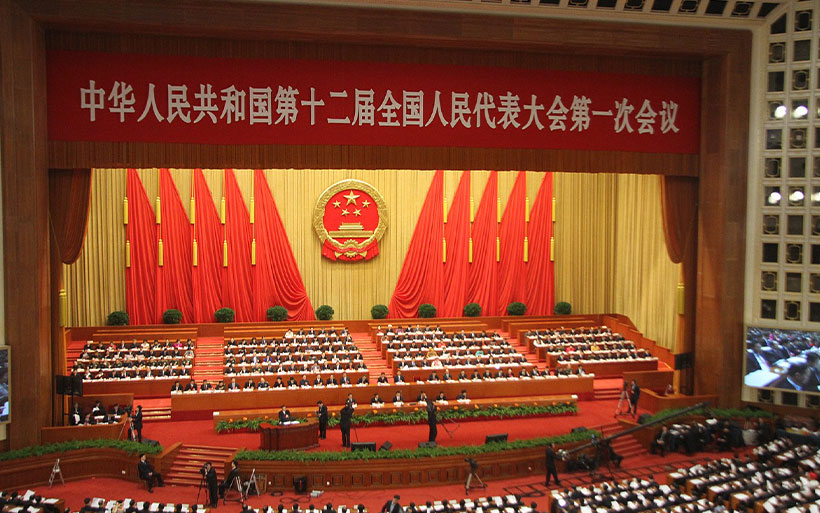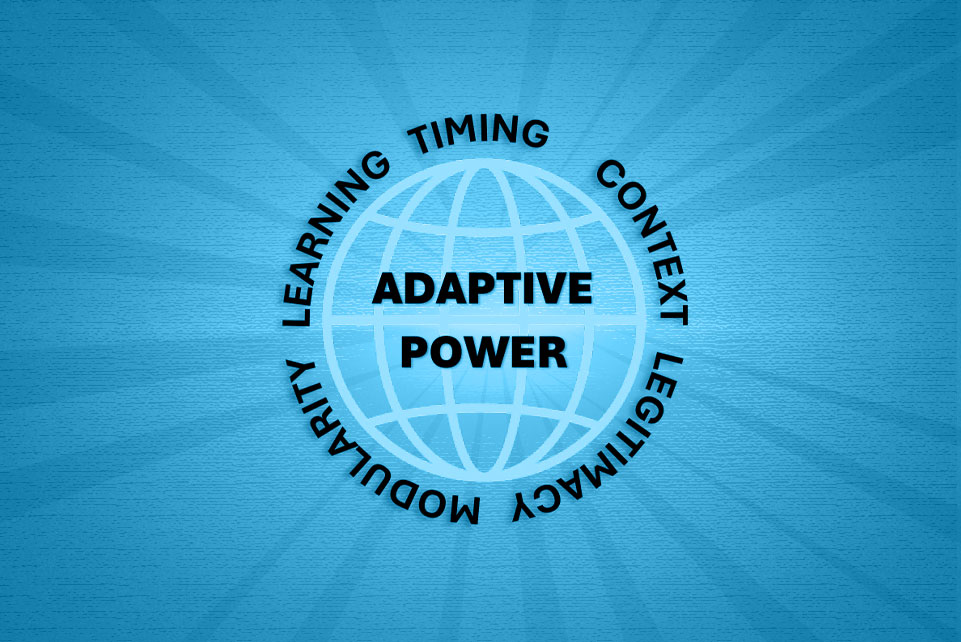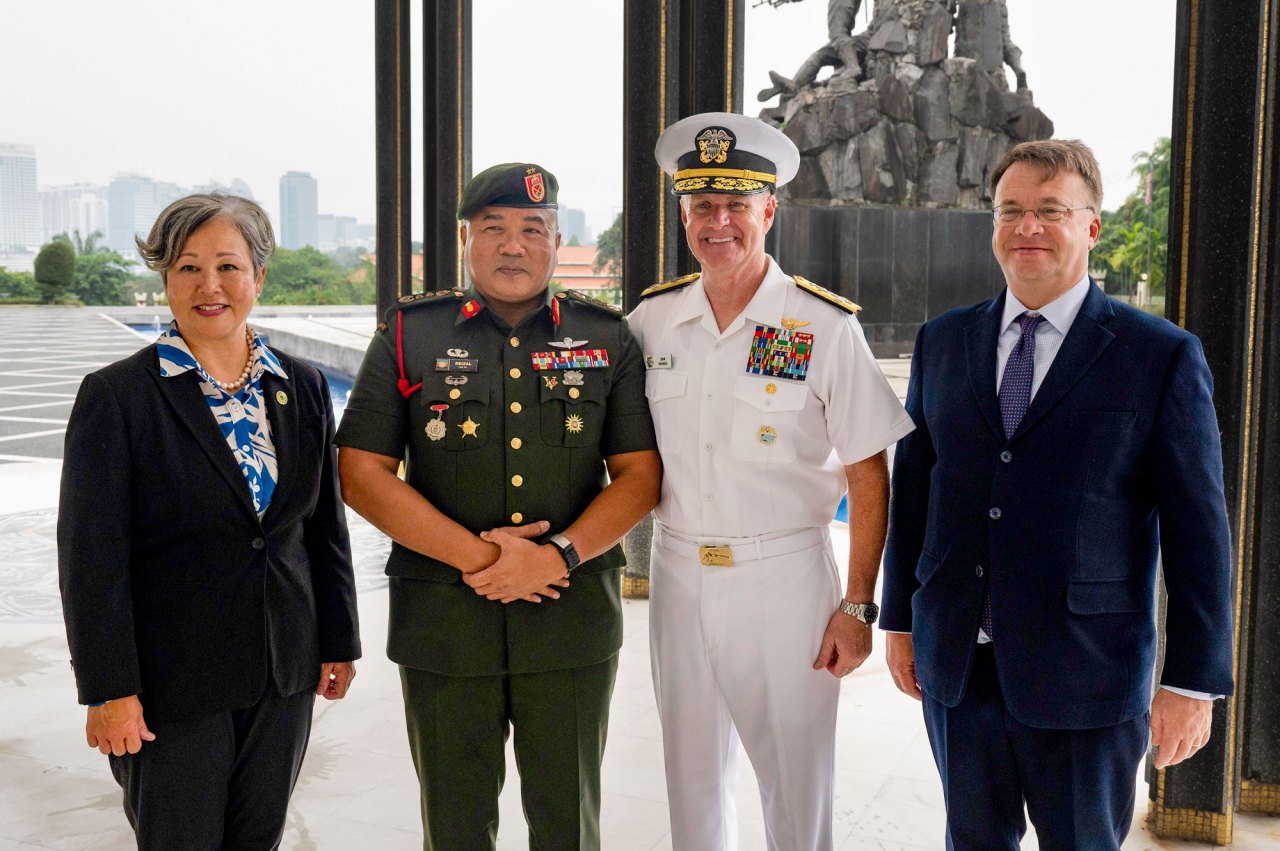Professor Sungmin Cho’s latest peer-reviewed article entitled “Why Non-Democracy Engages with Western Democracy-Promotion Programs: The China Model,” was recently published by World Politics.
Abstract
“Between the mid-1990s and the mid-2010s, the Chinese government was distinctly open to the Western offer of democracy-assistance programs. It cooperated with a number of Western organizations to improve the rule of law, village elections, administrative capacity, and civil society in China. Why did the Chinese government engage with democracy promoters who tried to develop these democratic attributes within China? The author argues that the government intended to use Western aid to its advantage. The Chinese Communist Party had launched governance reforms to strengthen its regime legitimacy, and Chinese officials found that Western democracy assistance could be used to facilitate their own governance-reform programs. The article traces the process of how the government’s strategic intention translated into policies of selective openness, and includes evidence from firsthand interviews, propaganda materials, and research by Chinese experts. The findings show how democracy promoters and authoritarian leaders have different expectations of the effects of limited democratic reform within nondemocratic systems. Empirically, reflecting on the so-called golden years of China’s engagement with the West sheds new light on the Chinese Communist Party’s survival strategy through authoritarian legitimation.”
Article structure
- Introduction
- The Puzzle: Why Accept Western Democracy-Promotion Programs?
- Authoritarian Openness to Democracy-Promotion Programs from Outside
- China’s Selective Openness to Western Democracy-Promotion Programs
- Xi Jinping’s Reversal of Opening Polices
- Alternative Explanations: The Pretense of Democratic Cooperation for Other Benefits
- Theoretical Implications: Modernization Theory and Authoritarian Legitimation
- Conclusion
The views expressed in this article are the author’s own and do not necessarily represent the views of DKI APCSS, the U.S. Department of Defense or the U.S. government.











Leave A Comment